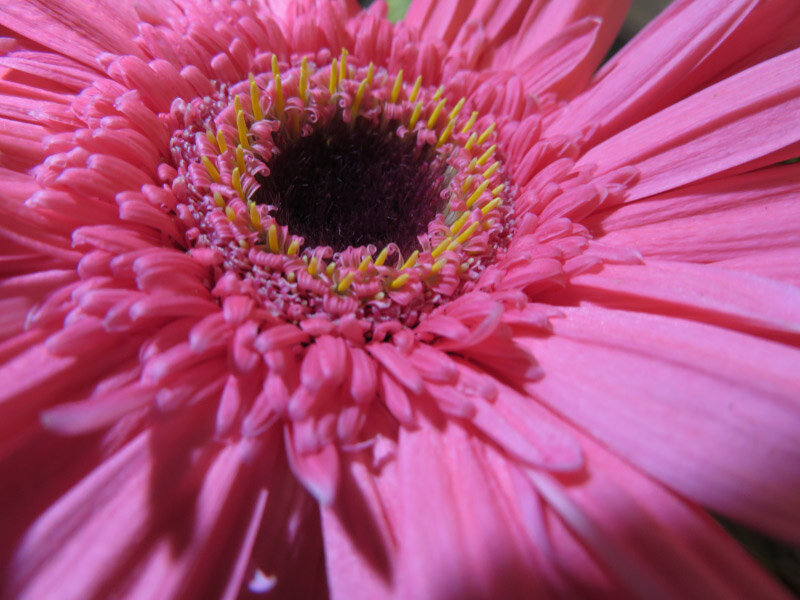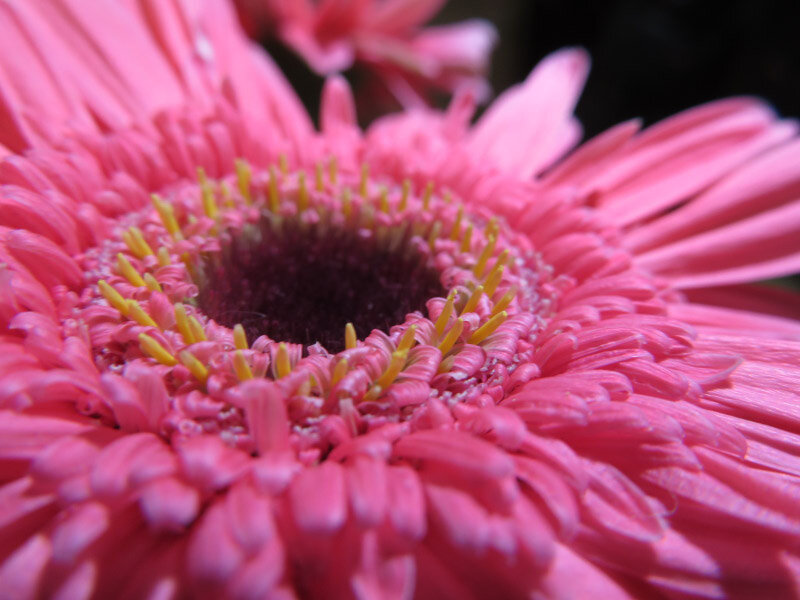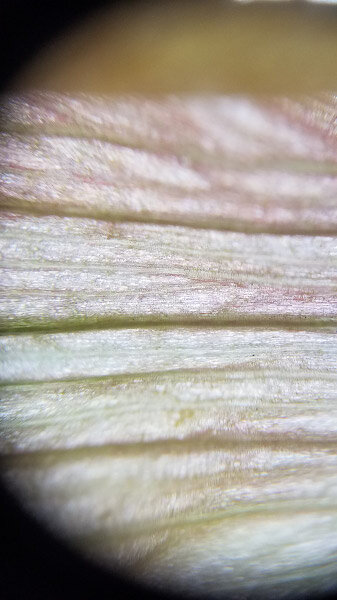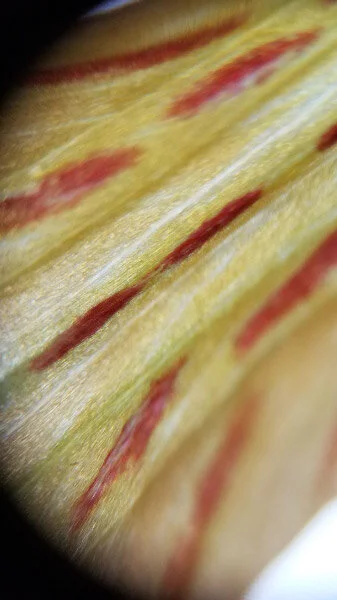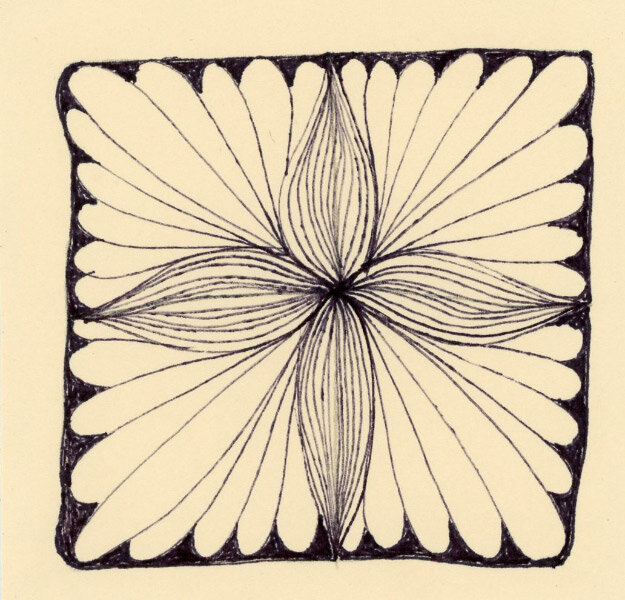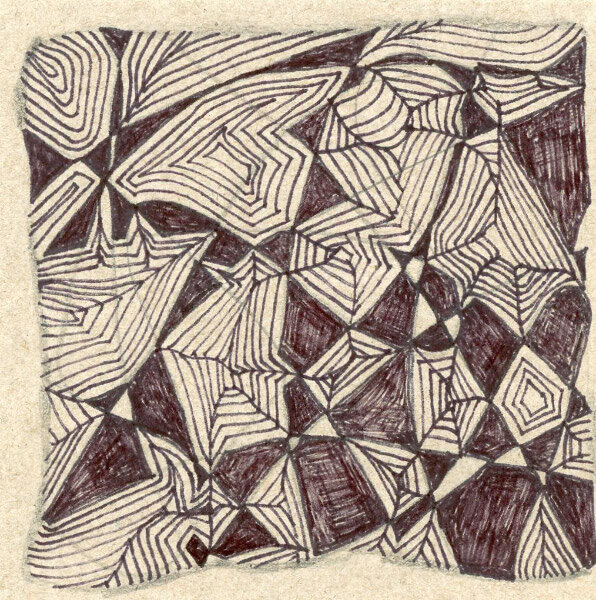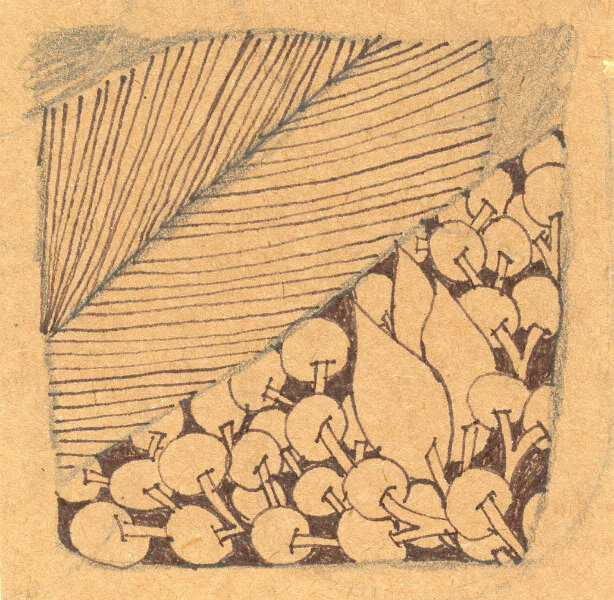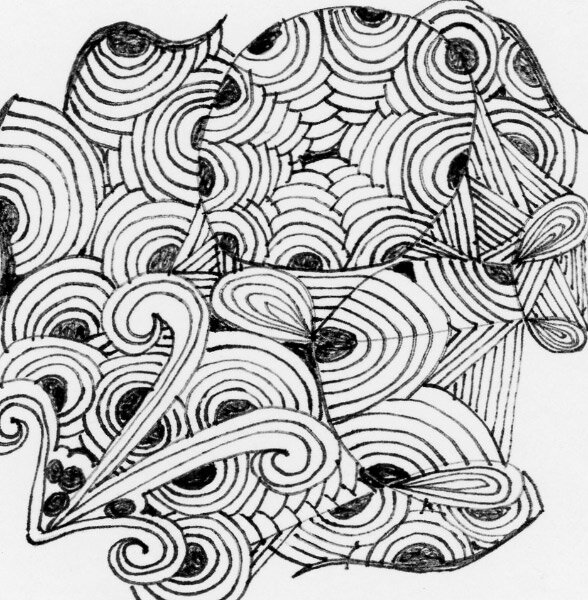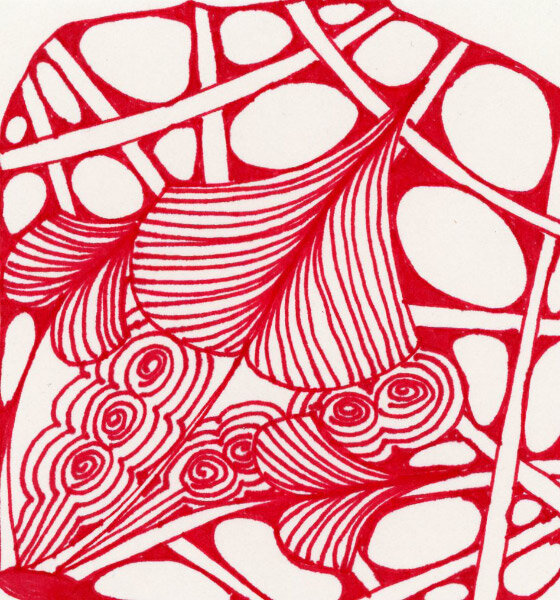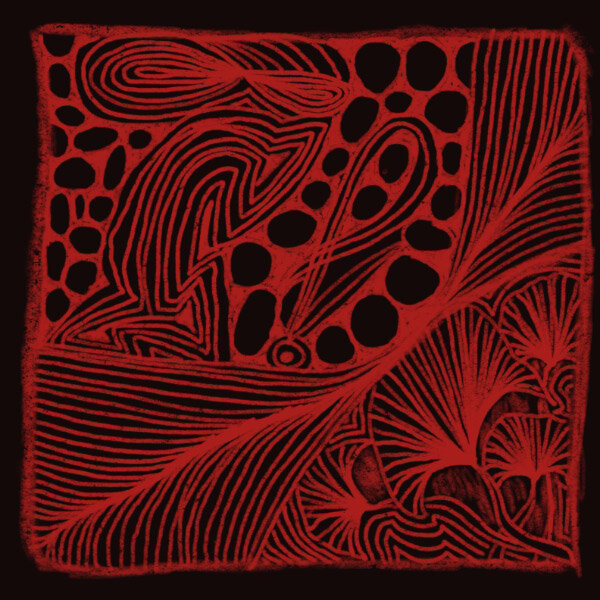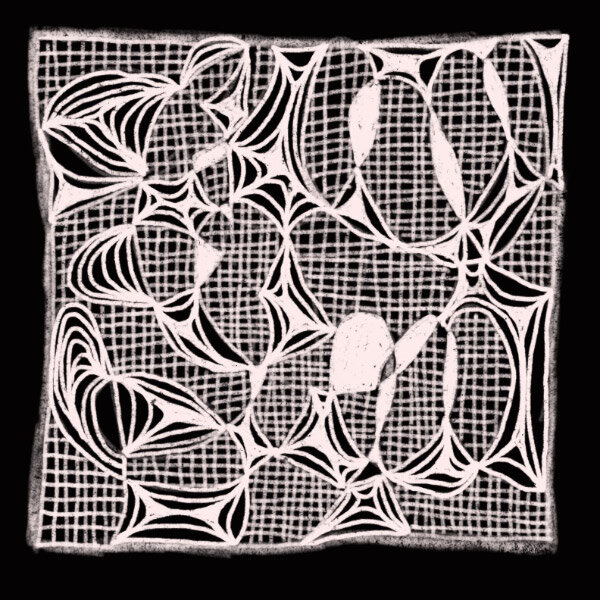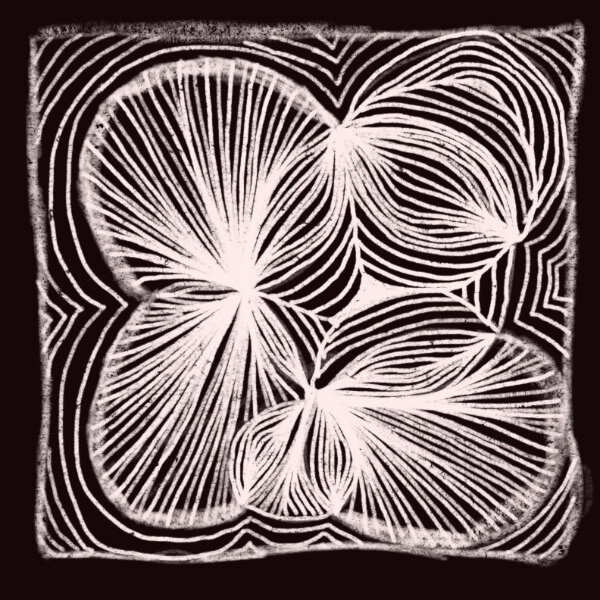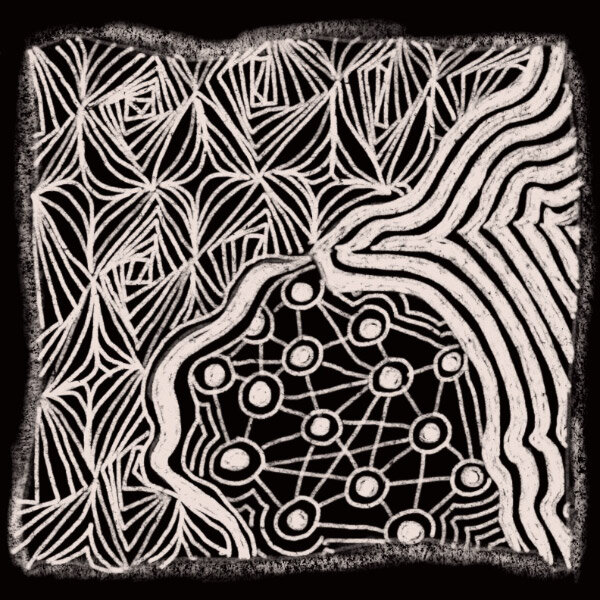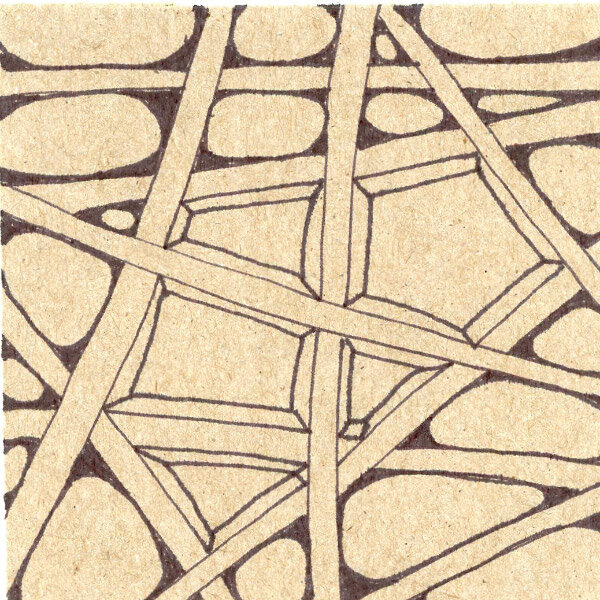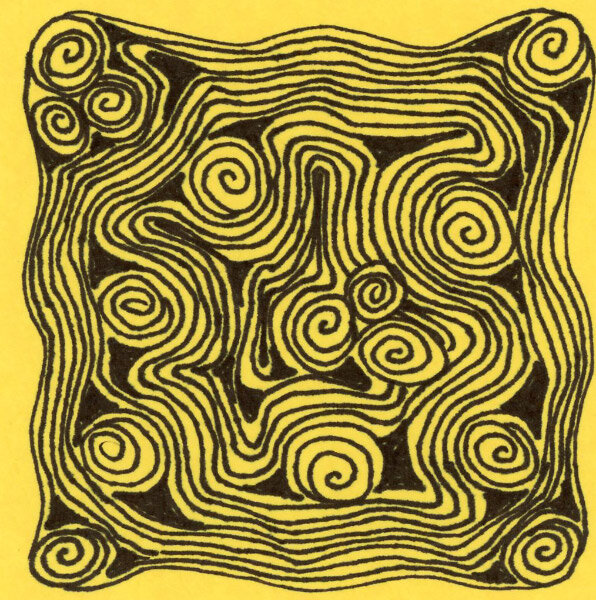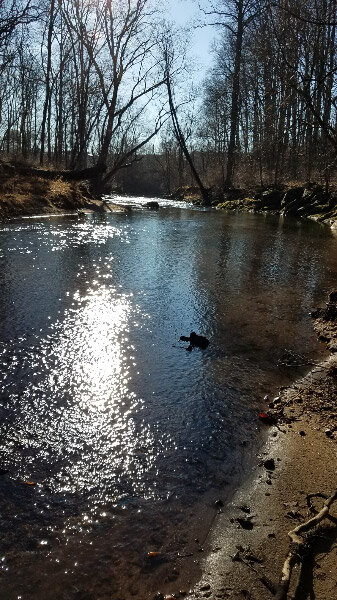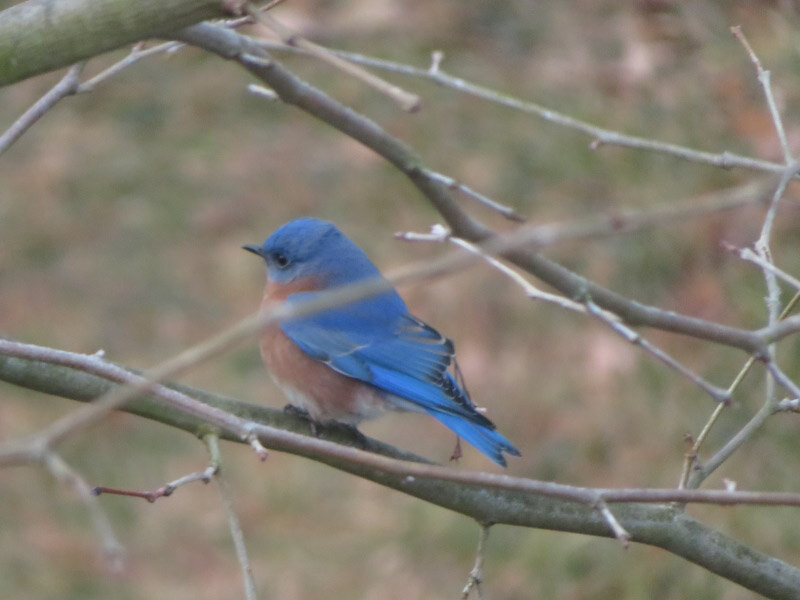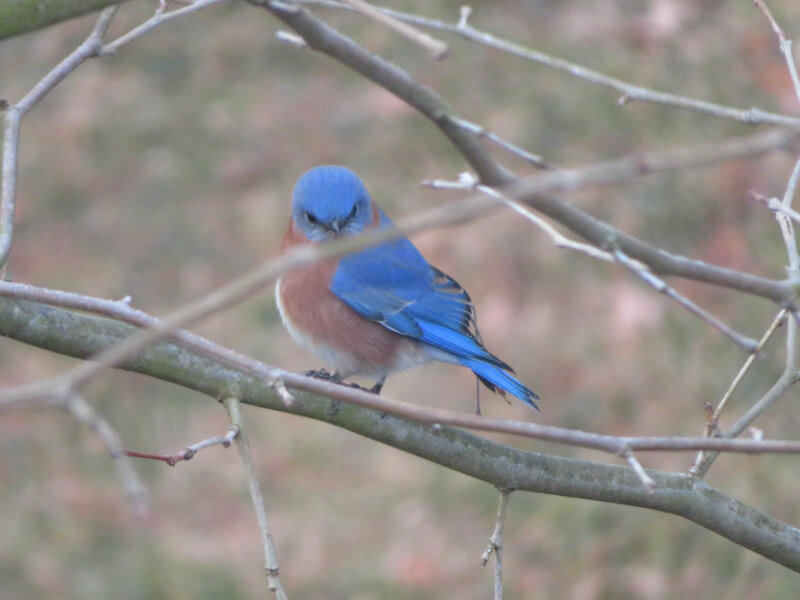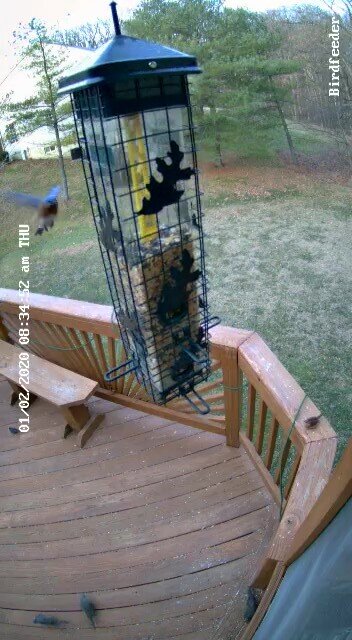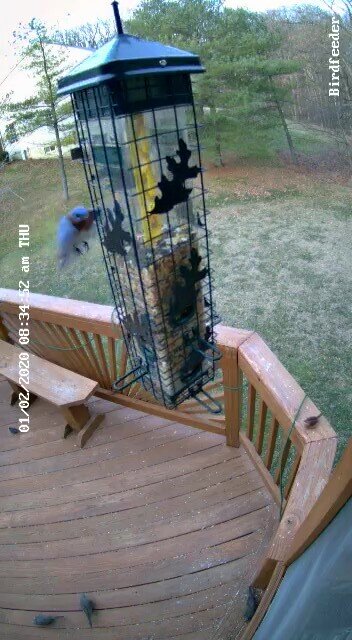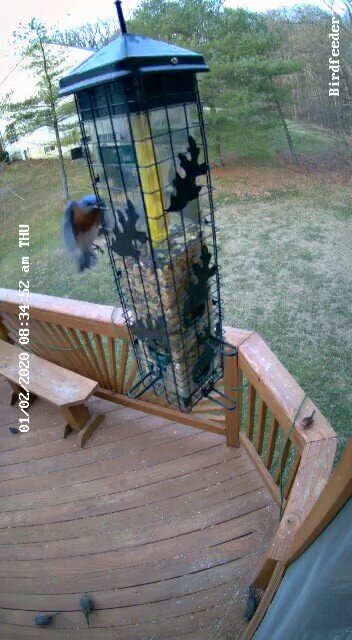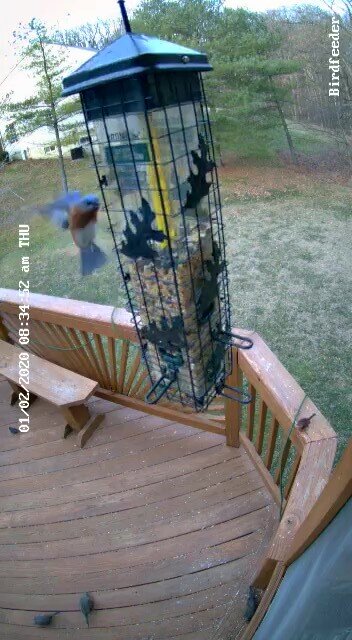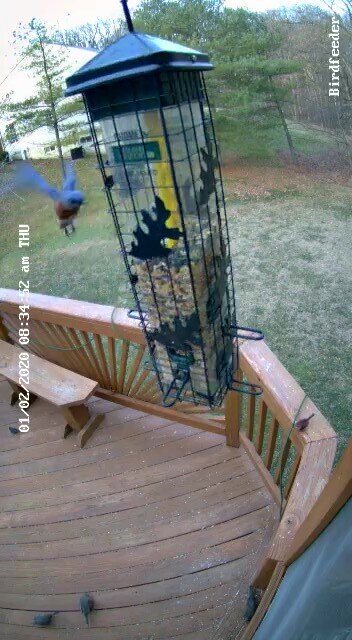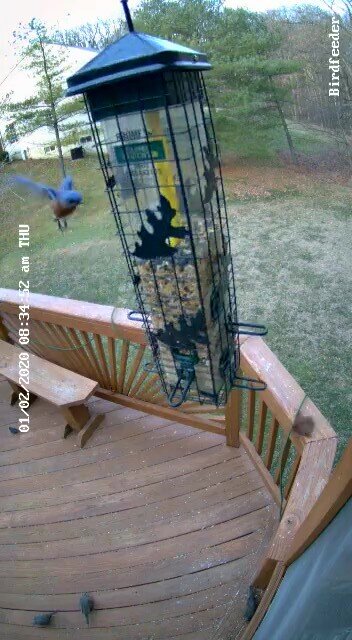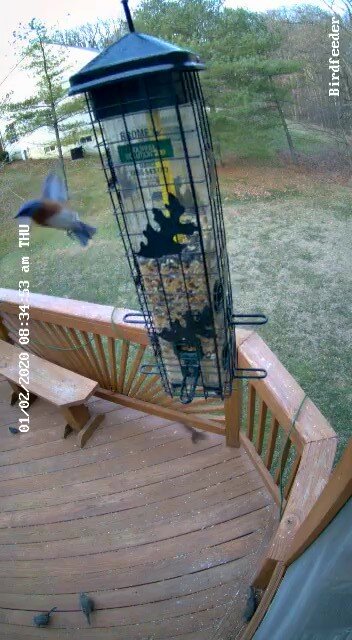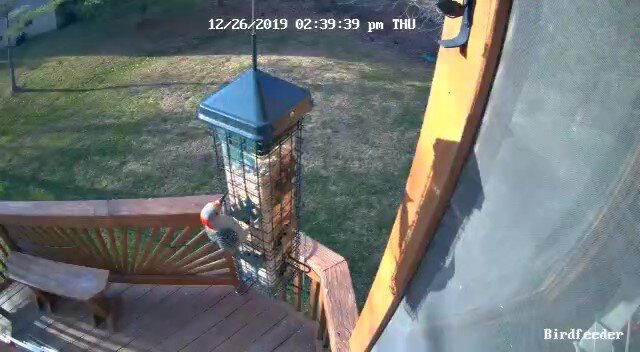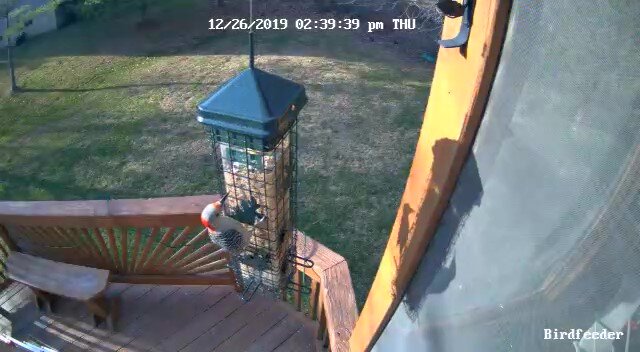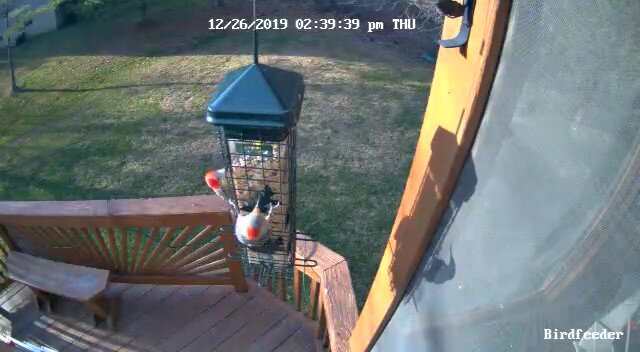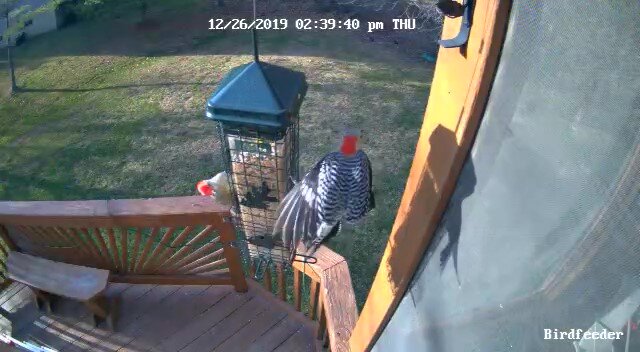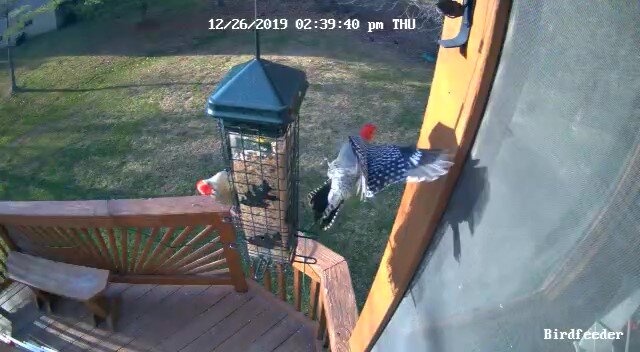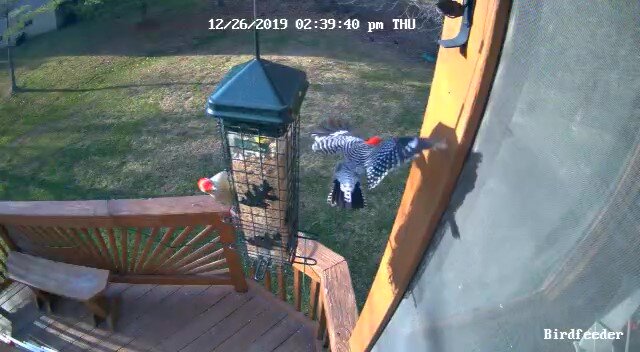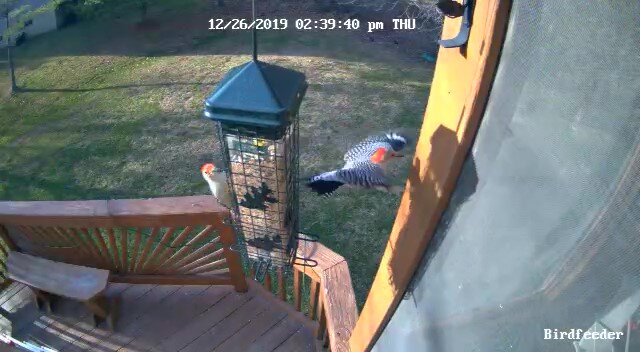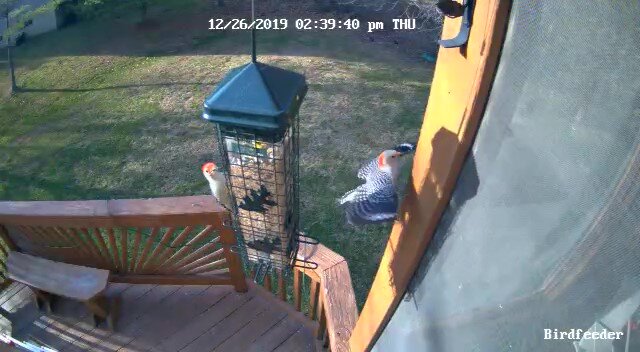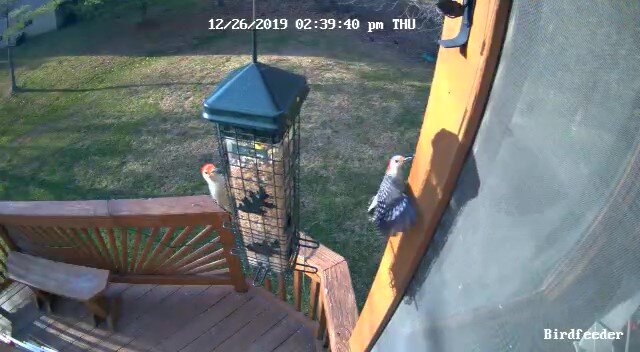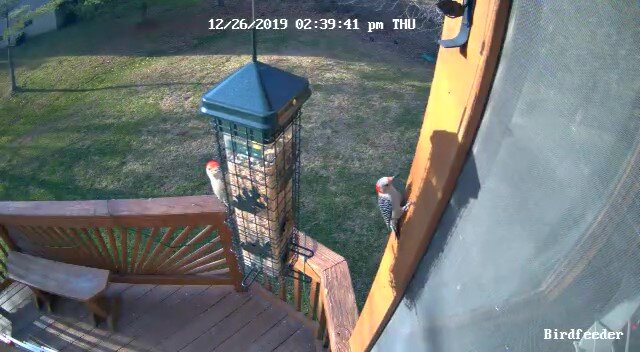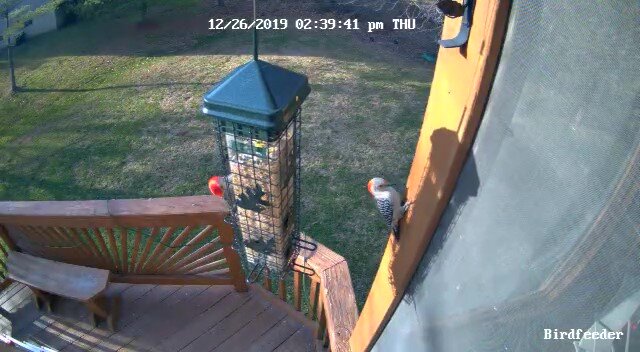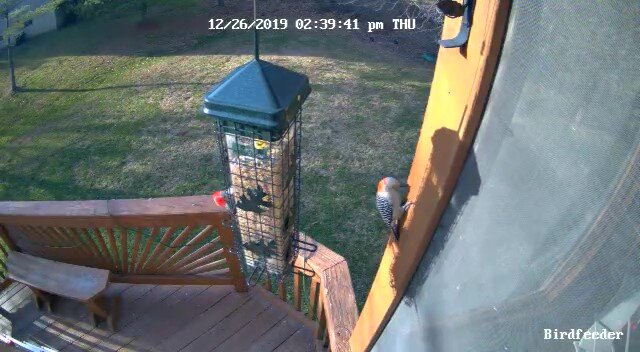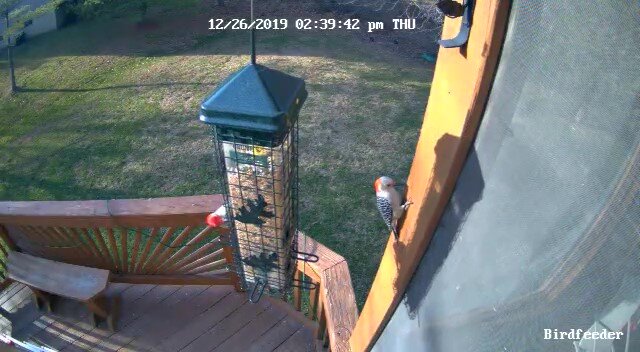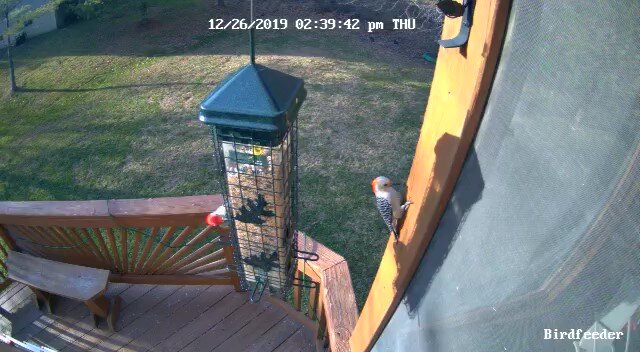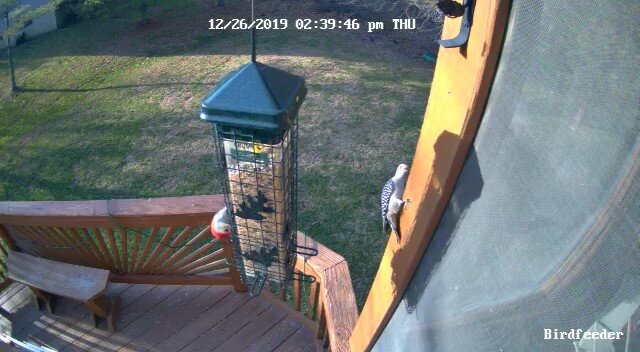The items below were ‘the cream’ of the articles and websites I found this past week. Click on the light green text to look at the article.
Top 25 Wild Bird Photographs of the Week: February 2020 – Note the new website for these weekly posts: https://wildbirdrevolution.org/ ---The posts are still the beautiful bird pictures collected into a group for a weekly visual celebration of birds.
100% Wind, Water, & Solar Energy Can & Should Be the Goal, Costs Less | CleanTechnica – A short summary of a report with specifics for 143 countries…getting to 80% renewable energy by 2030 and completing the transition by 2050. Now to vote with that goal in mind for a livable future for ourselves, our children, our grandchildren….and onward.
LEDs, Downward Lights Changing the Night in Chicago - News | Planetizen – Chicago will complete the transition to energy efficient LED streetlights in 2021. They’ve calculated that it will save the city $100 million over 10 years. At the same time, they have made an effort to focus the new lights downward to cut light pollution. It’s too early to tell if that aspect of the project will be a success.
Vegetation Filters Harmful Particulates from Air--But How Much? | The Scientist Magazine® - It’s probably better to push for the transition to renewable energy (in school buses, for example) but where that is not happening fast enough – planting a green wall of vegetation can block pollution from school yards…which could reduce the impact of vehicle exhaust on children’s lungs.
Decline in Coal-Fired Power Reduces U.S. Carbon Emissions in 2019 - News | Planetizen – Good news…but it could decline more quickly. The 2019 results are from market forces alone. If there were political will, things would happen even faster.
Archaeologists Excavate 200 More Chinese Terracotta Warriors | Smart News | Smithsonian Magazine – The first terracotta warriors were found in China’s Shaanxi province in 1974. Now there is more excavation and more soldiers from the same tomb. All the warriors have unique expressions, hairstyle and physical features.
Organic crop practices affect long-term soil health -- ScienceDaily – This study looked closely at organisms in the soils…along with the impact of prior soil disturbance.
Recovery: A Plague of Bullfrogs – The Eastern part of the US is the native range for Bullfrogs…but they are invaders in the West. They are clearing native frogs and eating other animals too (ducklings are an example cited). So various municipalities and conservation groups are acting.
What We Can Learn From Ötzi the Iceman's Hunting Pack | Smart News | Smithsonian Magazine – Ötzi was preserved for 5,300 years in a glacier until he was discovered in 1991. A lot has been studied since that time. He’s a window into Copper Age Europe.
Photography in the National Parks – More favorite spots for photography from Rebecca Larson. This collection included three National Parks I have not visited: Glacier, Olympic and Mount Rainier. Now I want to plan a trip to see them!









